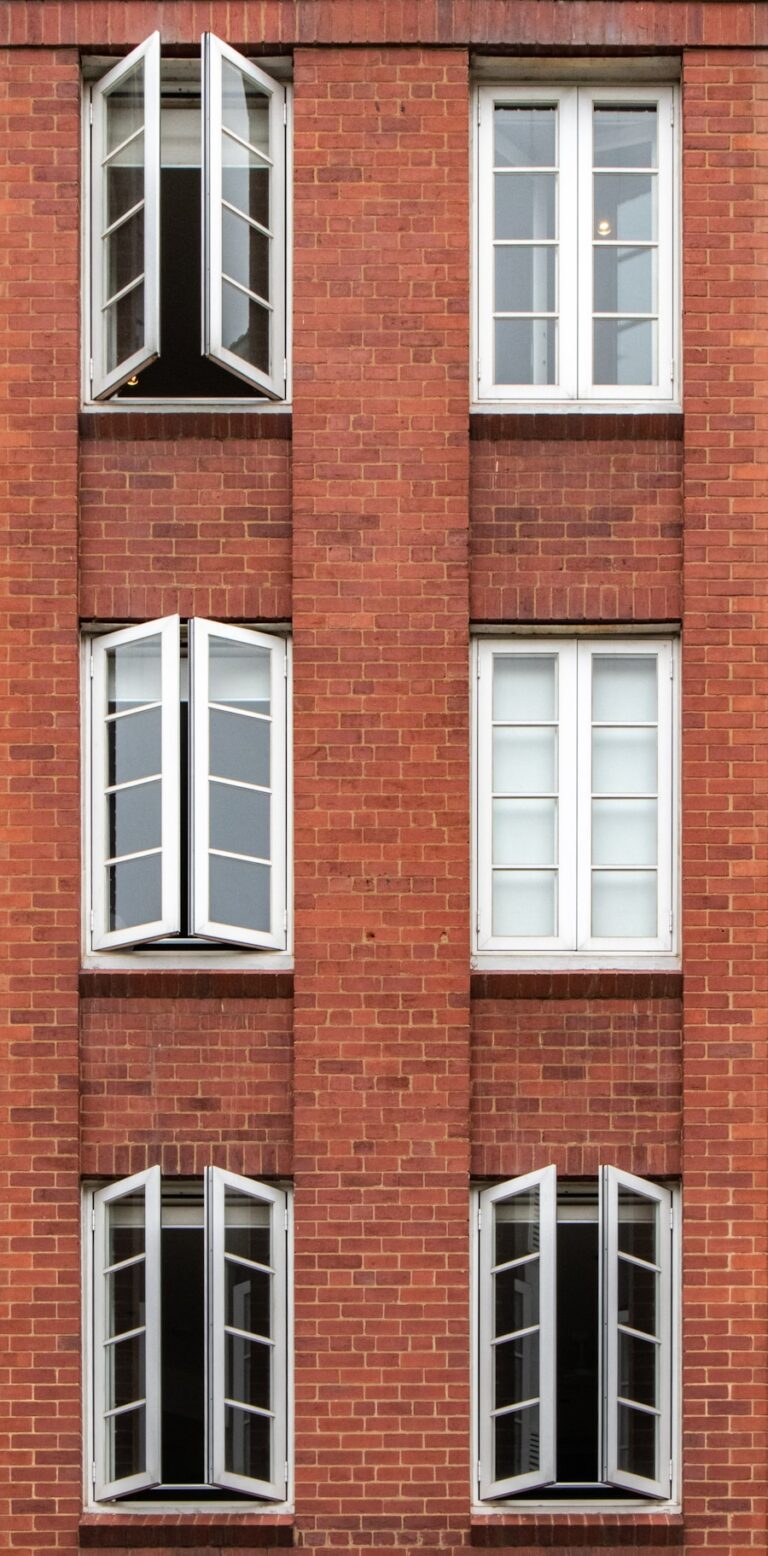Windows are more than mere openings in a wall; they are essential elements that contribute significantly to the overall aesthetic and functionality of a home. The style of windows chosen can influence not only the appearance of a house but also its energy efficiency, natural lighting, and ventilation. Understanding the importance of window styles is crucial for homeowners who wish to create a harmonious and inviting environment.
The right window style can enhance curb appeal, increase property value, and even improve the quality of life within the home. Moreover, window styles can reflect personal taste and architectural trends. They serve as a bridge between the interior and exterior spaces, allowing homeowners to connect with their surroundings while providing a view of the outside world.
Different styles can evoke various moods and atmospheres, from cozy and traditional to sleek and modern. Therefore, selecting the appropriate window style is not just a matter of aesthetics; it is also about creating a space that feels comfortable and functional for its inhabitants.
Key Takeaways
- Window styles play a crucial role in the overall aesthetics and functionality of a home.
- Traditional window styles, such as double-hung and casement windows, offer timeless charm and elegance.
- Modern window styles, like picture and awning windows, provide sleek and minimalist design options.
- Energy-efficient window styles, including low-E glass and insulated frames, help reduce energy costs and environmental impact.
- Specialty window styles, such as bay and bow windows, add unique architectural interest to a home.
Traditional Window Styles
Double-Hung Windows: A Timeless Classic
One of the most recognizable traditional styles is the double-hung window, which consists of two vertically sliding sashes. This design allows for excellent ventilation and is often found in colonial and Victorian homes. The timeless appeal of double-hung windows makes them a popular choice for homeowners looking to maintain a classic aesthetic.
Casement Windows: Unobstructed Views and Maximum Airflow
Another traditional option is the casement window, which is hinged at the side and opens outward. This style provides unobstructed views and allows for maximum airflow when opened. Casement windows are often adorned with intricate trim and can be paired with decorative grilles to enhance their classic look.
Bay and Bow Windows: Adding Character and Functionality
Bay and bow windows are quintessential traditional styles that extend outward from the home, creating a cozy nook filled with natural light. These windows not only add character to a home but also provide additional interior space, making them a favorite among homeowners seeking to blend functionality with elegance.
Modern Window Styles

In contrast to traditional designs, modern window styles emphasize simplicity, clean lines, and minimalistic aesthetics. These windows often feature large panes of glass that maximize natural light and offer expansive views of the outdoors. One popular modern style is the sliding window, which consists of two or more sashes that glide horizontally.
This design is particularly favored in contemporary homes for its sleek appearance and ease of use. Sliding windows can seamlessly connect indoor and outdoor spaces, making them ideal for patios or decks. Another modern option is the picture window, which is fixed in place and does not open.
Picture windows are designed to frame beautiful views while allowing ample sunlight to flood into the home. They are often used in combination with other window styles to create visual interest and enhance architectural features. Additionally, modern windows may incorporate innovative materials such as fiberglass or aluminum, which offer durability and low maintenance while maintaining an elegant look.
The focus on functionality and aesthetics in modern window styles makes them an appealing choice for those who appreciate contemporary design.
Energy-Efficient Window Styles
| Window Style | U-Factor | Solar Heat Gain Coefficient | Visible Transmittance |
|---|---|---|---|
| Double-Hung | 0.30 | 0.25 | 0.60 |
| Casement | 0.28 | 0.20 | 0.65 |
| Awning | 0.26 | 0.18 | 0.70 |
| Fixed | 0.29 | 0.22 | 0.68 |
As energy efficiency becomes increasingly important in home design, many homeowners are turning to energy-efficient window styles that help reduce heating and cooling costs. These windows are designed with advanced technologies that minimize heat transfer, ensuring that homes remain comfortable year-round. One common energy-efficient style is the double or triple-pane window, which consists of multiple layers of glass separated by insulating gas fills.
This design significantly reduces heat loss during winter months and keeps homes cooler in summer. Low-emissivity (Low-E) glass is another feature often found in energy-efficient windows. This special coating reflects infrared light while allowing visible light to pass through, helping to maintain indoor temperatures without sacrificing natural light.
Additionally, energy-efficient windows may include features such as argon or krypton gas fills between panes for enhanced insulation. Homeowners who prioritize sustainability will find that investing in energy-efficient window styles not only benefits their utility bills but also contributes positively to the environment by reducing overall energy consumption.
Specialty Window Styles
Specialty window styles offer unique shapes and designs that can add character and individuality to a home. These windows are often custom-made to fit specific architectural features or personal preferences, making them an excellent choice for homeowners looking to make a statement. Common specialty shapes include arches, circles, triangles, and even custom geometric designs that can serve as focal points in a room.
One popular specialty style is the awning window, which is hinged at the top and opens outward from the bottom. This design allows for ventilation even during rain, as the awning shape prevents water from entering the home. Specialty windows can also be used in combination with other styles to create visually striking arrangements that enhance both form and function.
For instance, combining a large picture window with smaller specialty windows can create an eye-catching display while maximizing natural light.
Choosing the Right Window Style for Your Home

Selecting the right window style for a home involves careful consideration of various factors, including architectural design, personal taste, and functional needs. Homeowners should first assess their home’s overall style—whether it leans towards traditional, modern, or eclectic—and choose windows that complement this aesthetic. For instance, a historic home may benefit from classic double-hung or casement windows, while a contemporary residence might be better suited for sleek sliding or picture windows.
Additionally, practical considerations such as climate and location should influence window selection. Homes in areas with extreme temperatures may require energy-efficient options to maintain comfort levels throughout the year. Furthermore, homeowners should consider their lifestyle needs; for example, families with young children may prefer windows that are easy to operate and clean.
Ultimately, choosing the right window style involves balancing aesthetic preferences with practical requirements to create a cohesive and functional living space.
Window Style Considerations for Different Rooms
Different rooms within a home may require specific window styles based on their intended use and design goals. For instance, living rooms often benefit from large picture windows that allow for ample natural light and stunning views of the outdoors. These windows can create an inviting atmosphere for entertaining guests or relaxing with family.
In contrast, bedrooms may require more privacy; therefore, double-hung or casement windows with added treatments like curtains or blinds can provide both ventilation and seclusion. Kitchens are another area where window style plays a crucial role. Many homeowners opt for awning or casement windows above sinks or countertops to facilitate ventilation while cooking.
These styles allow fresh air to circulate without compromising privacy or safety. Additionally, bathrooms often benefit from frosted glass or smaller windows positioned higher on walls to ensure privacy while still allowing natural light to enter the space. By considering the specific needs of each room, homeowners can select window styles that enhance both functionality and aesthetics throughout their homes.
Customizing Window Styles for Your Home
Customization offers homeowners the opportunity to tailor window styles to their unique preferences and architectural features. Many manufacturers provide options for customizing size, shape, color, and material to ensure that each window fits seamlessly into the overall design of the home. For instance, homeowners may choose to add decorative grilles or trim to traditional windows for an added touch of elegance or opt for bold colors in modern designs to make a statement.
Furthermore, custom window styles can also incorporate advanced technologies such as smart glass or integrated blinds for enhanced functionality. Smart glass can adjust its tint based on sunlight exposure, providing energy efficiency while maintaining comfort levels indoors. Homeowners can work closely with architects or designers to explore various customization options that align with their vision for their home’s aesthetic while ensuring practicality and performance.
In conclusion, understanding the diverse range of window styles available allows homeowners to make informed decisions that enhance both the beauty and functionality of their living spaces. From traditional designs that evoke nostalgia to modern options that prioritize simplicity and efficiency, each style offers unique benefits tailored to different needs and preferences. By considering factors such as room function, architectural style, and customization possibilities, homeowners can select window styles that not only elevate their homes but also enrich their daily lives.
If you are considering renovating your home and exploring different window styles, you may also be interested in learning about the best tile options for small bathrooms to maximize space and style. Check out this article for helpful tips and inspiration on creating a functional and stylish bathroom design.
FAQs
What are the different styles of windows available?
There are several different styles of windows available, including double-hung, casement, awning, sliding, bay, bow, and picture windows.
What is a double-hung window?
A double-hung window has two sashes that slide up and down within the frame. This style allows for both the top and bottom sashes to open, providing ventilation from both the top and bottom of the window.
What is a casement window?
A casement window is hinged on one side and opens outward with a crank or lever. This style of window provides excellent ventilation and a clear view.
What is an awning window?
An awning window is hinged at the top and opens outward from the bottom. This style of window is often used in combination with other window styles to provide ventilation and natural light.
What is a sliding window?
A sliding window has sashes that slide horizontally within the frame. This style of window is easy to operate and provides a contemporary look.
What is a bay window?
A bay window is a combination of three or more windows that angle out beyond the exterior wall. This style of window creates a small alcove inside the room and provides a panoramic view.
What is a bow window?
A bow window is similar to a bay window, but it is made up of four or more equal-sized windows that form a curved shape. This style of window adds architectural interest to a home and allows for more natural light.
What is a picture window?
A picture window is a large, fixed window that does not open. This style of window is often used to provide unobstructed views and natural light.






